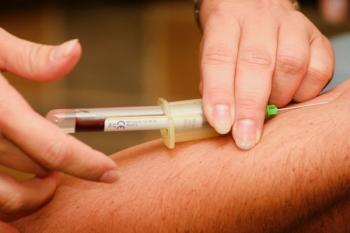
A small study offers some more information as to potential biomarkers for the ailment and may provide a better understanding of its path to potential treatments.

A small study offers some more information as to potential biomarkers for the ailment and may provide a better understanding of its path to potential treatments.
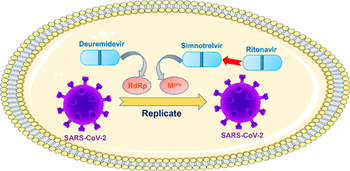
Early administration of simnotrelvir plus ritonavir shortened the time to sustained resolution of COVID-19 symptoms.
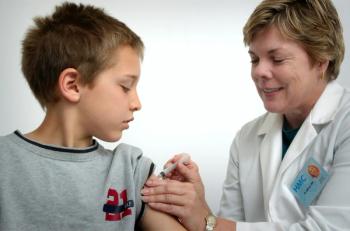
New study reinforces the importance of early detection and vaccination against bacterial meningitis.

The XGBoost machine learning model outperformed other AI and logistic regression models for predicting DAA failure, with an AUROC of 1.000 in the training dataset and 0.803 in the validation dataset.
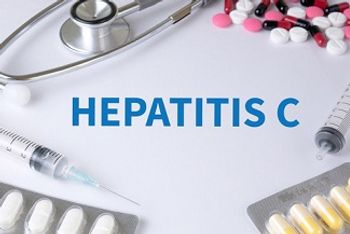
Atea Pharmaceuticals announced topline data from their phase 2 trial showing a higher than expected efficacy for the study.

A new study shows that, among the tridemic viruses, RSV was the leading cause of pediatric hospitalizations.

This week: Insights into the comparative analysis of COVID and non-COVID pneumonia; how myopathy, with metabolic disturbances and amyloid deposits, is discovered in persons with Long COVID who experience post-exertional malaise; and the Pfizer COVID-19 vaccine is shown to be effective in children and adolescents.

With it comes the possibility for international cooperation regarding an investigational Middle East Respiratory Syndrome (MERS) vaccine.

Patients in the integrated and standard care treatment arms reported similar SCL-10 scores indicative of psychological stress and symptom burden, both at baseline and after the completion of DAA treatment.
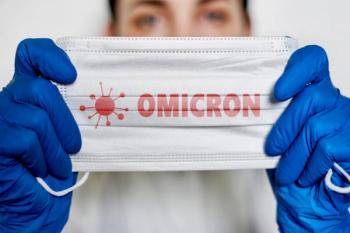
Investigators uncover a convergent evolution of enhanced innate immune antagonist expression associated.
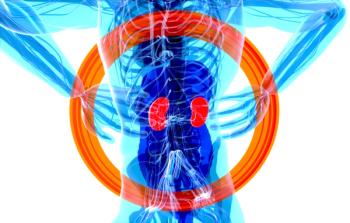
The Kidney Disease: Improving Global Outcomes (KDIGO) work group has published updated guidelines in the Annals of Internal Medicine for the prevention, diagnosis, evaluation, and treatment of HCV in CKD patients.

Here are some insights into the comparative analysis of COVID and non-COVID pneumonia.

Response to direct-acting antiviral therapy was similar between patients with and without HBV coinfection, with most patients completing the planned course of treatment and achieving SVR, even in the case of HBV reactivation.

A retrospective cohort study of inpatient encounters from 3 hospitals in the Duke University Health System showed greater rates of testing among White patients compared to Black and NWNB patients.

Myopathy, with metabolic disturbances and amyloid deposits, is discovered in persons with Long COVID who experience post-exertional malaise.

This week's news includes emerging treatment options for patients with persistently positive blood cultures with Methicillin-Susceptible Staphylococcus aureus; how the development of antimicrobial stewardship programs can be an effective strategy for beginning to reduce this critical timing for patients in ICUs; a look at another antibiotic being studied for a healthcare-associated infection; and an investigational vaccine against the Nipah virus begins.
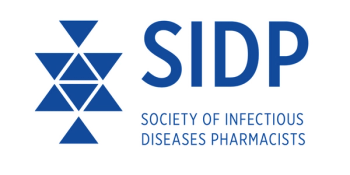
Emerging treatment options for patients with persistently positive blood cultures with Methicillin-Susceptible Staphylococcus aureus (MSSA).

How the development of antimicrobial stewardship programs can be an effective strategy for beginning to reduce this critical timing for patients in ICUs.

A new human trial aims to prevent the fatal, zoonotic-borne disease.

Doxycycline postexposure prophylaxis (PEP) has reduced STIs among men who have sex with men, but poor adherence marred trial results with women.

A new study warns an increase in costs could lead to new infections.

Investigators examined data from the Global Burden of Disease, Injuries, and Risk Factors study 2019 to describe the global, regional, and national burden of liver cancer due to hepatitis C since 1990.

Participants given omadacycline had high fecal concentrations with a distinct microbiome profile compared to those in the vancomycin group, with study results calling attention to the importance of antibiotics’ impact on the gut microbiome.

The city’s health department posted a statement on the recent events, and a new JAMA commentary from FDA leadership reminds the public that vaccine preventable diseases remain a health threat.

Statistically significant reductions in serum ferritin, transferrin saturation index, and iron levels were observed after treatment, with hyperferritinemia eradicated in nearly all patients treated with DAAs achieving SVR.

Investigators studying over 4500 patients with gram-negative bacteremia see opportunities for earlier transition from IV to oral antibiotics.

The week's news included the differences in public attitudes towards influenza and COVID-19 vaccines, sex-based differences in direct-acting antivirals, a request for an emergency use authorization for a monoclonal antibody for COVID-19 prevention in the immunocompromised, and our final episode of our RSV Roundtable series, which has clinicians weighing in on the importance of counseling patients on the immunizations now and their significance for the future.

The panel discusses the importance of discussing the immunizations with patients now, as well as the value of them in future seasons.

Recall affects several raw bulk products sent to restaurants and institutional users, and are marked either angus ground beef patties, ground beef patties, or ground beef.

Results of a study by Yan Xie and colleagues highlight the severe impact of COVID-19, with higher death rates, increased risks of long-term complications, and greater infectivity compared to seasonal influenza.